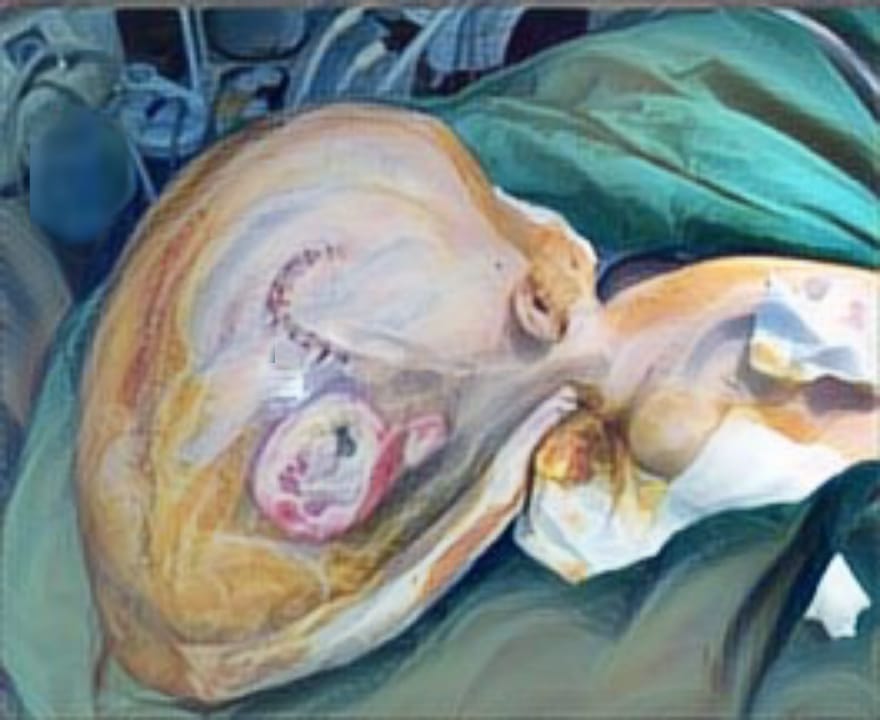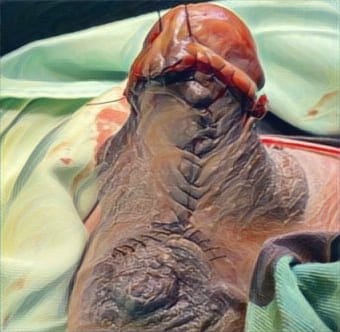SUCCESSFUL PHARYNGOPLASTY AFTER LE FORT I ADVANCEMENT IN A SEVERELY NEGLECTED CLEFT LIP AND PALATE PATIENT
Downloads
Highlights:
- In a seriously neglected case, pharyngoplasty to a certain extent as a correction treatment of VPI was reliable.
- A posterior pharyngeal flap was seccessful to recover significant speech capacity.
Abstract:
Introduction: When indicated, velopharyngeal insufficiency (VPI) is treated with pharyngoplasty with consideration of patient's age. Several studies have evaluated the relationship between age at surgery and speech outcome. The best results regarding reduction of open nasality were obtained when surgeries were performed around age of 5 to 6 years and operative complications were also less frequent in the younger age group than in older patients. Pre-operative assessment such as nasopharyngoscopy and/or videofluoroscopy gives surgeons a chance to estimate flap dimension to correct the defect causing the VPI. Moreover, velopharyngoplasty proceeded with speech therapy yields better recovery.
Case Illustration: A seriously neglected case of cleft lip and palate was reported. A 24 years old female underwent two palatorrhaphy at age 13 and 14 years old, which were far beyond the recommended age of 10 –12 months. The resulting hypernasality was further worsened by absence of speech therapy which should have been followed from age 1–4 years old. On presentation, this patient requested to have immediate orthognatic surgery to repair his severe type 3 facial profile and malocclusion, a procedure which he underwent worsening the VPI. We decided to surgically correct the VPI.
Discussion: Nasoendoscopic assessment revealed he had an antero-posterior velopharyngeal closure problem which indicated a pharyngoplasty using a superiorly- based pharyngeal flap. Three months post-operatively his speech was re-evaluated by a speech therapist and nasoendoscopically. Despite imperfectness, significant improvement was achieved.
Conclusions: Pharyngoplasty could still be reliable to a certain extent as a correction treatment of VPI in a seriously neglected case. A posterior pharyngeal flap helped this patient to recover significant speech capacity.
Sullivan SR, Eileen M. "Pharyngeal Flap Outcomes in Nonsyndromic Children with Repaired Cleft Palate and Velopharyngeal Insufficiency." Plastic and Reconstructive Surgery. 2010.125 (1): 290-8.
Raol N, Hartnick CJ. "Anatomy and Physiology of Velopharyngeal Closure and Insufficiency." Adv Otorhinolaryngol. 2015.76: 1-6.
Bois E, Celerier C. " Velopharyngeal insufficiency managed by autologous fat grafting in patients with aberrant courses of internal carotid arteries." International Journal of Pediatric Otorhinolaryngology. 2017. (96): 135-39.
Dentino K, Marrinan E. 2016. "Pharyngeal Flap is Effective Treatment for Post Maxillary Advancement Velopharyngeal Insufficiency in Patients with Repaired Cleft Lip and Palate." Journal of Oral and Maxillofacial Surgery.
Berkowitz, S. 2006. Cleft lip and palate: diagnosis and management. 2nd Edition.Springer.
Copyright (c) 2019 Timotius Hansen Arista, Magda Rosalina Hutagalung

This work is licensed under a Creative Commons Attribution-ShareAlike 4.0 International License.
JURNAL REKONSTRUKSI DAN ESTETIK by Unair is licensed under a Creative Commons Attribution-ShareAlike 4.0 International License.
- The journal allows the author to hold copyright of the article without restriction
- The journal allows the author(s) to retain publishing rights without restrictions.
- The legal formal aspect of journal publication accessbility refers to Creative Commons Attribution Share-Alike (CC BY-SA)



















